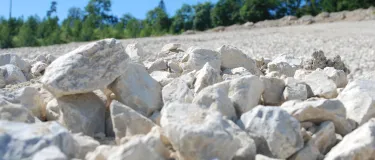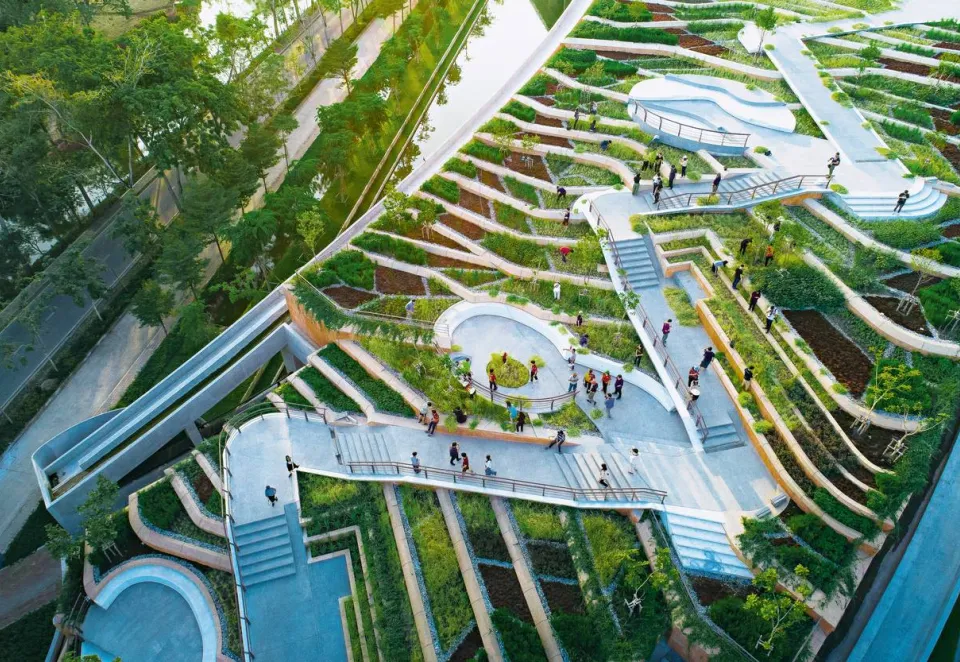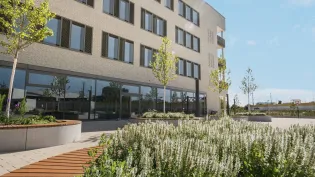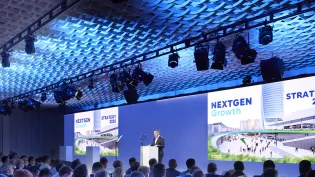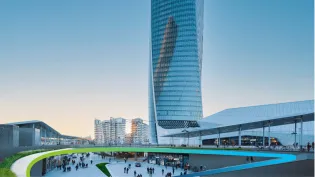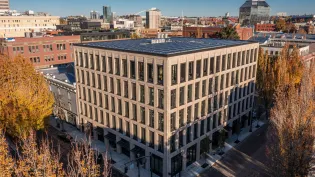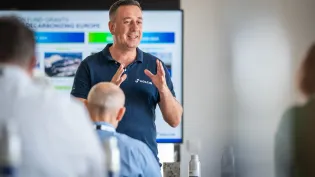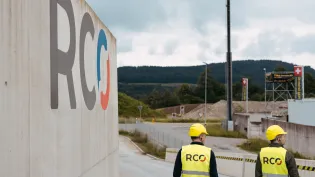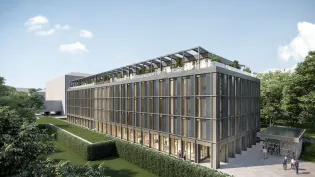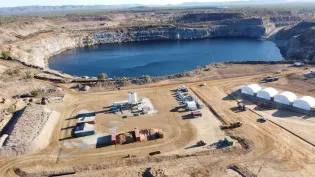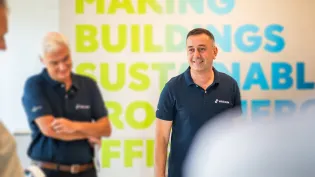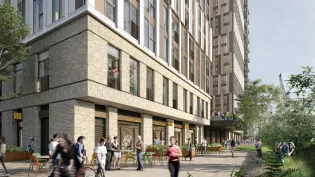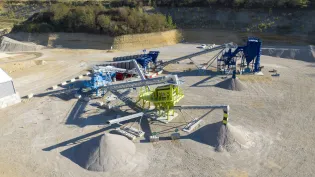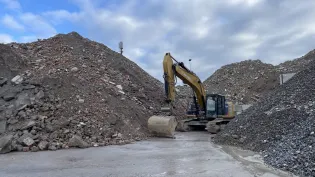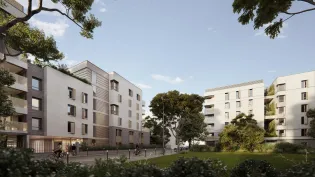What is urban mining?
When you hear the word "mining", you probably think of drilling deep into the earth to extract raw materials. "Urban mining" is something different. It means recovering and reusing cities’ waste materials, such as concrete, bricks, steel reinforcements, roofing materials, copper pipes or aluminum.
In Europe alone, some 850 millions tons of construction demolition materials were generated in 2020 – or more than a third of all waste generated in the region. Urban mining looks at this material as a source of potential wealth, as opposed to sending it to a landfill, incinerating it or turning it into products of much lower value.
The buildings and infrastructure all around us are the biggest and most valuable part of any urban mine. And since concrete is the world’s most widely used building material, it constitutes a large part of construction demolition materials around the world. Thankfully, concrete can be infinitely recycled, making it a promising long-term alternative to quarrying virgin materials.
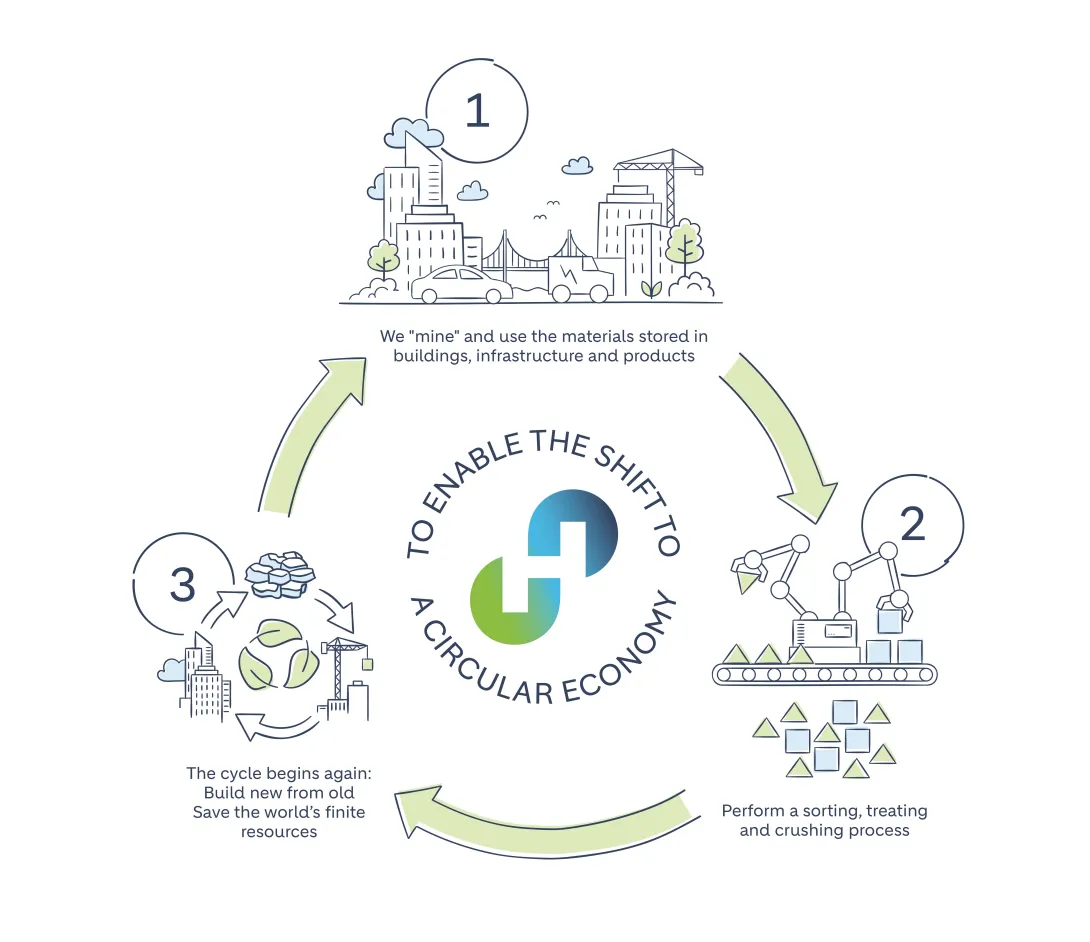
Urban mining of our cities shortens supply chains because the materials are typically located much closer to production sites than regular quarries. This reduces the carbon emissions associated with construction.
Recovered materials undergo complex processing, beginning with presorting and then continuing with single or double-stage crushing, separation of reinforcement using overbelt magnetic separators, and sometimes sifting for separating light components. It finishes with sieving. But even after all of this, the material might still be too heterogenous for construction use, so more high-tech equipment, such as sensor-based sorting devices, can be used.
The material that was mined is reintroduced back into the built environment in the form of construction material to build better with less and new from old, helping to save the world’s finite resources.
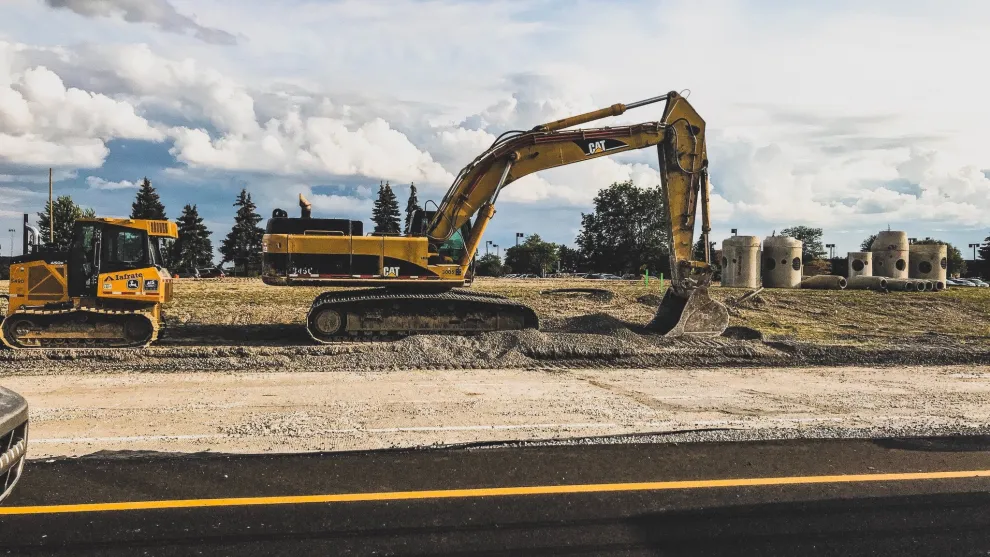
In 2021, in the UK, Holcim recycled the aggregates and bitumen from worn out roads – 822,500 tons in total – and turned it into new ones
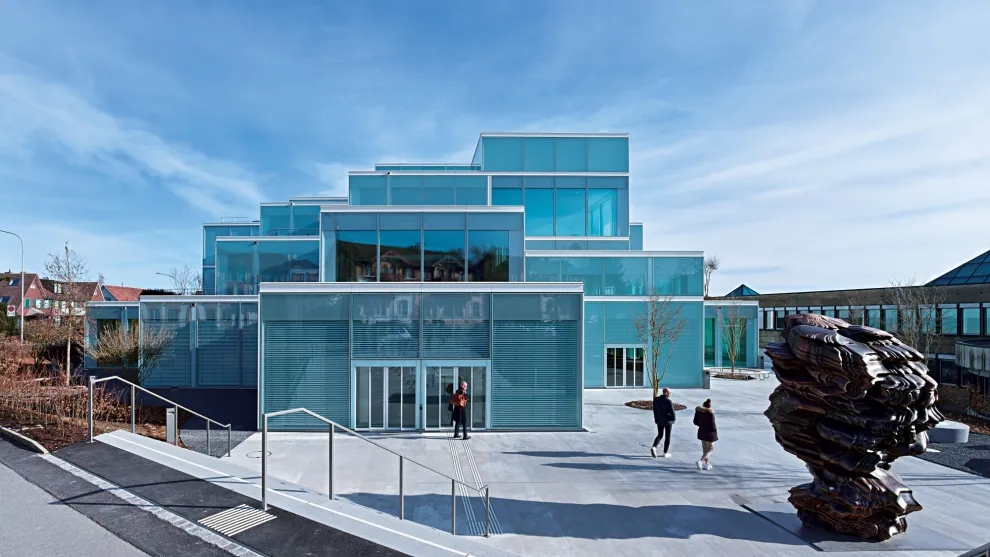
The SQUARE learning center in St. Gallen was built with ECOPlanet’s Susteno variant, the world’s first cement with 20% construction demolition materials inside
Holcim is actively developing the concept of urban mining for mineral waste, developing mineral waste recycling centers to effectively become tomorrow’s quarries. Urban mining is a key pillar of our promise to drive the circular economy.
Holcim has recently achieved a breakthrough in demonstrating its ambitions towards increasing the usage of recycled materials by producing the world’s first clinker made entirely from recycled minerals at our plant in Altkirch, France. Urban mining played a key role in sourcing the materials for this breakthrough, and it will continue to play a key role in driving circular construction.
Circularity is the business opportunity of our time
Shifting to a circular economy is the business opportunity of our time because it strengthens local economies and supply chains, in a way that is socially-inclusive, climate-friendly and nature-positive.
As concrete is infinitely recyclable, we are building up the capacity to recycle 100% of concrete-based construction demolition materials (CDM) with proprietary technologies and systems. Our innovations range from advanced crushing technologies to extracting the highest quality materials and ensure a clean separation of resources, to smart recycling hubs to collect, sort and deploy materials, all the way to digital technologies to map and manage material flows efficiently. With ECOPlanet we offer the world’s first low-carbon cement with 20% recycled CDM inside - and this is just the beginning.





